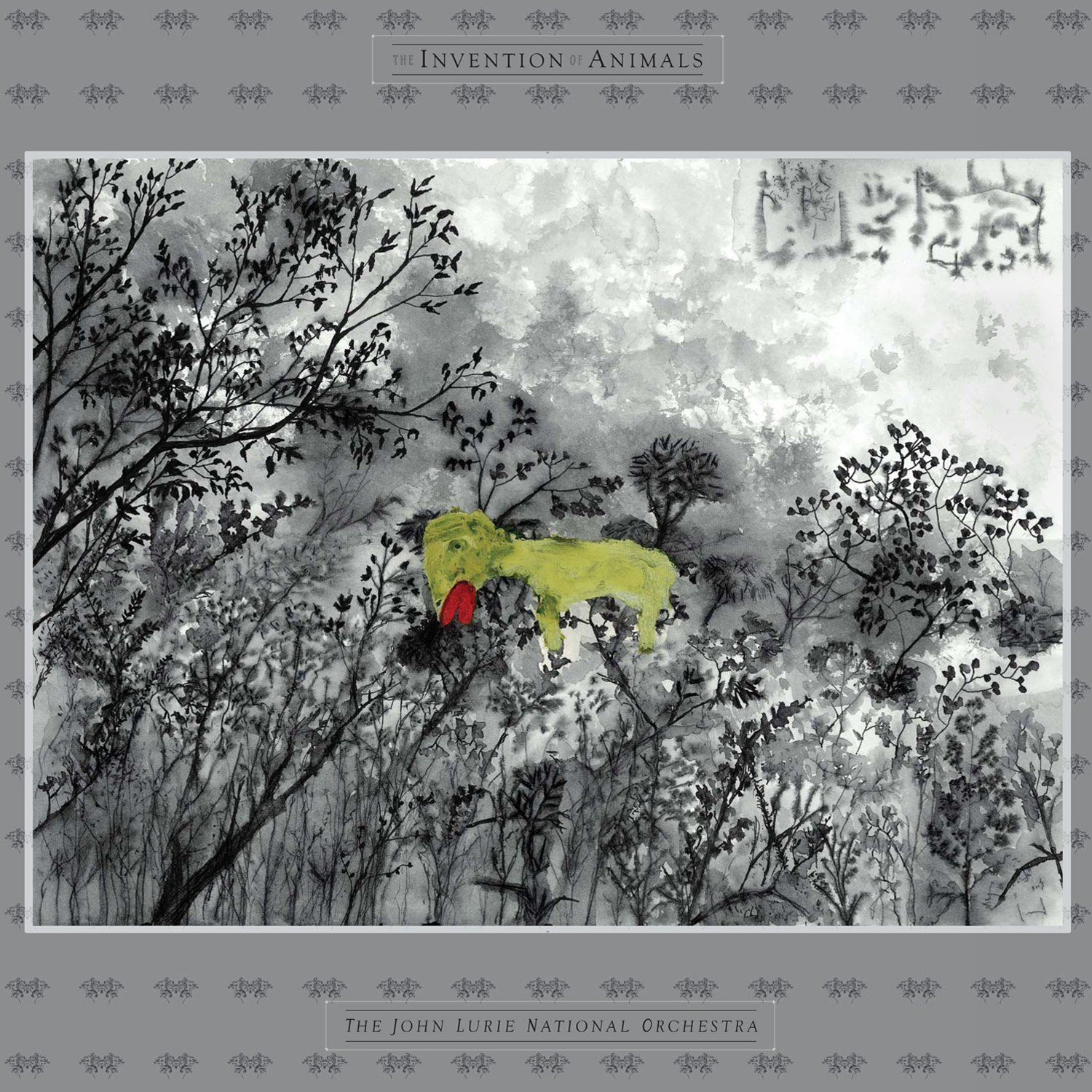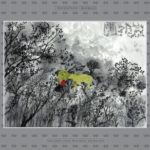
_ Amulet Records_
John Lurie’s bodies of work as a composer of film scores (Get Shorty), saxophonist (The Lounge Lizards), actor and television host (Fishing with John), and painter all collide in a brilliant mash-up of ideas and creation that he and his duo of drummers, Calvin Weston and Billy Martin (Medeski Martin and Wood), call the John Lurie National Orchestra. From this most daring of power trios comes The Invention of Animals, an album culled from both studio and live recordings, some as far back as 1991. If there was ever a record that encouraged and could be enhanced by a review offering no specific descriptions of the music itself, this is the one.
Discovery plays a large part in both the inspiration and the goal of the John Lurie National Orchestra’s music. Martin, whose Amulet Records label released the set and whose idea it was to revisit these pieces, has spoken of the listening experience being akin to finding ‘a field recording of a lost civilization. Some strange and beautiful tribe unlike any.’ So, too, the album, its cover graced with a Lurie painting, is unlike any and that first moment of hearing these strange and beautiful sounds can be diminished by even the slightest knowledge or expectation going into it. This is a collection that relies on and powers itself with in-the-moment suspension and the element of surprise. Even the orchestral reference in the name seems a red herring, as only saxophone and drums fill the improvised spaces, but again, with that piece of information comes the feeling that revealing it is revealing too much.
Sequenced so that sonically the seven pieces are expressed best on vinyl, yet another curious and provocative move given the ubiquity of both digital downloading and the devices on which most music consumers consume, the album’s centerpiece is its side two 20-minute title track drawn from a concert in Thessaloniki, Greece, others coming from sessions for the Fishing show and an out-of-print Men with Sticks disc released in 1993. The spacing and pacing of each song engages, the flow, while not without fades and interludes, leads down a path of one overturned stepping stone to the next, creating an impending sense of resolution due from the title piece closer. It delivers in torrents, tense, rattling, and ultimately cathartic.
The John Lurie National Orchestra was more than curiosity in its heyday, filling halls in Europe with jazzbos eager to see what the lead Lizard had to say next. While Lurie’s ongoing battle with Lyme disease has rendered his musical career all but retired, the possibility exists that many more recorded shows and studio excerpts from his vault could produce additional albums from the Orchestra. Here’s hoping there will be more to be discovered.



No Comments comments associated with this post